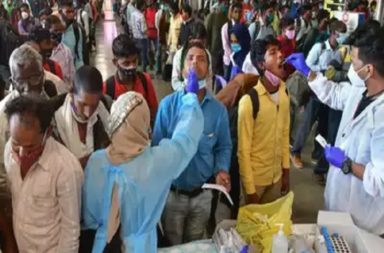Education budgets are not adjusting proportionately to the challenges brought about by COVID-19, especially in poorer countries. Despite additional funding needs, two-thirds of low- and lower-middle-income countries have, in fact, cut their public education budgets since the onset of the Covid-19 pandemic, according to the new joint World Bank – UNESCO Education Finance Watch (EFW).
Two-thirds of low- and middle-income countries surveyed have cut their education budgets since the beginning of the pandemic, the 22 February report found. Only a third of richer countries did the same. EFW stresses that the education finance challenge is not only about mobilizing resources, but also about improving the effectiveness of funding. Unfortunately, recent increases in public education spending have been associated with relatively small improvements in education outcomes. Although access to education has improved, the learning poverty rate – the proportion of 10-year-olds unable to read a short, age-appropriate text – was 53 percent in low- and middle-income countries prior to COVID-19, compared to only 9 percent for high-income countries. COVID-19 related school closures are likely to increase this 53 percent share to as much as 63 percent.
“This is a critical moment where countries need to recover the learning losses the pandemic is generating, invest in remedial education, and use this window of opportunity to build more effective, equitable, and resilient systems,” said Mamta Murthi, World Bank Vice President for Human Development. “The learning poverty crisis that existed before COVID-19 is becoming even more severe, and we are also concerned about how unequal the impact is. Countries and the international development community must invest more and invest better in education systems and strengthen the link between spending and learning and other human capital outcomes.” “External financing is the key to support education opportunities of the world’s poorest,” said Stefania Giannini, assistant director-general, UNESCO.
Tackling the global learning crisis and monitoring the impacts of the pandemic will require better information on how well education systems are functioning. This includes better information on the levels and sources of funding and how these funds are used to ensure that education is available to all. The report has shown that more can be done with existing data sources to sharpen the picture of education financing. But efforts to build capacity and systems to collect and track education spending are also needed to improve both the quality and coverage of existing sources.





